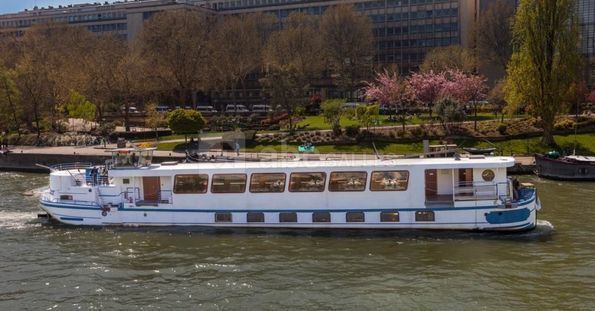 | ||
A péniche, or spitz, is a steel motorized cargo river barge of 350 tons. Péniche barges were built to fit the post-1880s French waterways and the locks of Freycinet gauge. They are visually similar to a Thames barge, but built to different specifications.
Contents
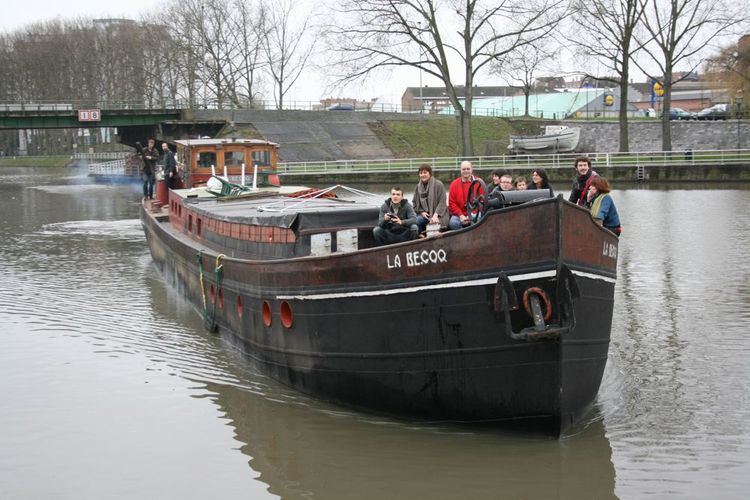
Dimensions
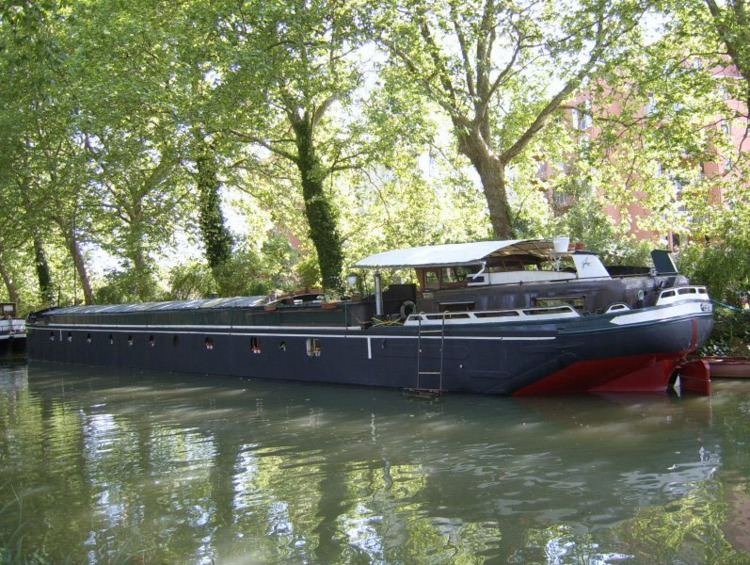
The critical detail for the péniche is the dimension, 38 m (125 ft) long and 5.05 m (16.6 ft) wide. They were especially designed for the Belgian and French canal locks, and as a result of the wish to maximise space for freight, the barges tend to be flat-sided, with short, rounded bows and sterns. Nowadays the specifications live as Class I in the Classification of European Inland Waterways.
History
The péniche originated in Belgium, as a wooden sailing vessel for inland navigation. A pointy bow was added and this version was also called a 'pointu' in Wallonia, a 'spits' in Flanders and a 'péniche flamande' in France. When ships came to be built of steel this type became a not self-propelled barge that had to be towed by a towboat. In the 1910s this barge became a motor ship and a popular one at that. In the 1920s about 950 péniches were built in Belgium.
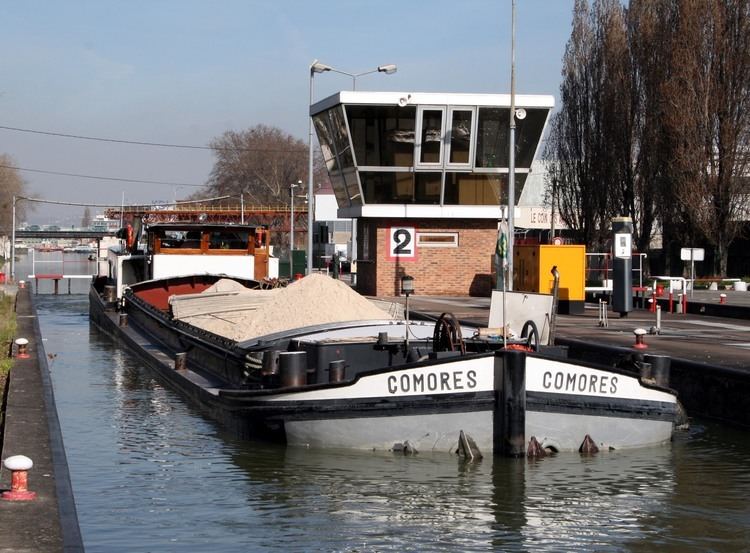
In the early 1940s a lot of Belgian péniches were claimed by the Germans to take part in the invasion of Great Britain. To make them seaworthy they were welded together in pairs, side by side.
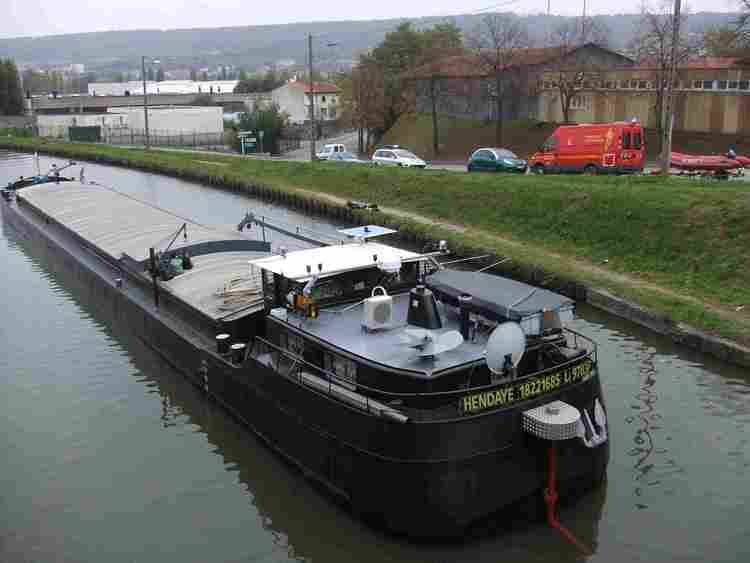
The last spitz was built in the Netherlands in 1973. Many former freight péniches been converted into living, hotel or pleasure craft.
Types
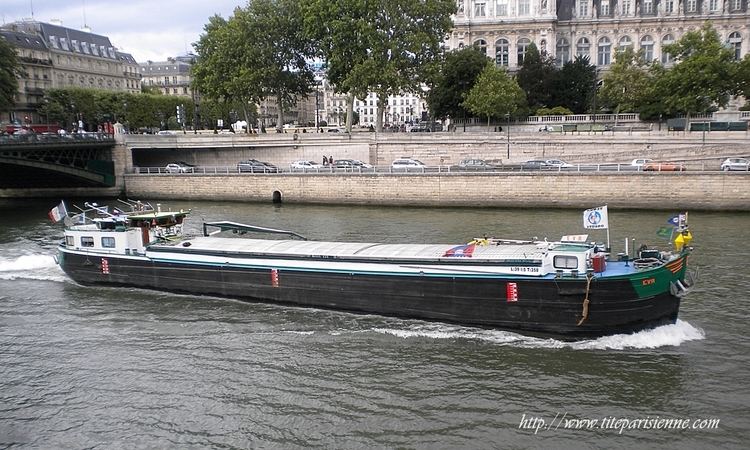
The Belgian péniche is the standard version, built for the Belgian and French canal locks. Some of them have been lengthened by about 9 meters or were originally built at 47 m (154 ft) or 48 m (157 ft). These were constructed for transport on the Meuse river, that has larger locks, especially between Verdun and Givet.
A French péniche has even less sheer than a Belgian one and a very round stern with the rudder attached to the rear end rather than under the stern. After World War II a great number of them were built in Germany and send to France as war reparation.
The Dutch péniche has a less round stern and a bit more sheer than the Belgian one.
A wet péniche has to take on water as ballast when sailing not laden. The full stern, especially in the Belgian and French types, causes a higher buoyancy and not enough water around the propeller when empty.
